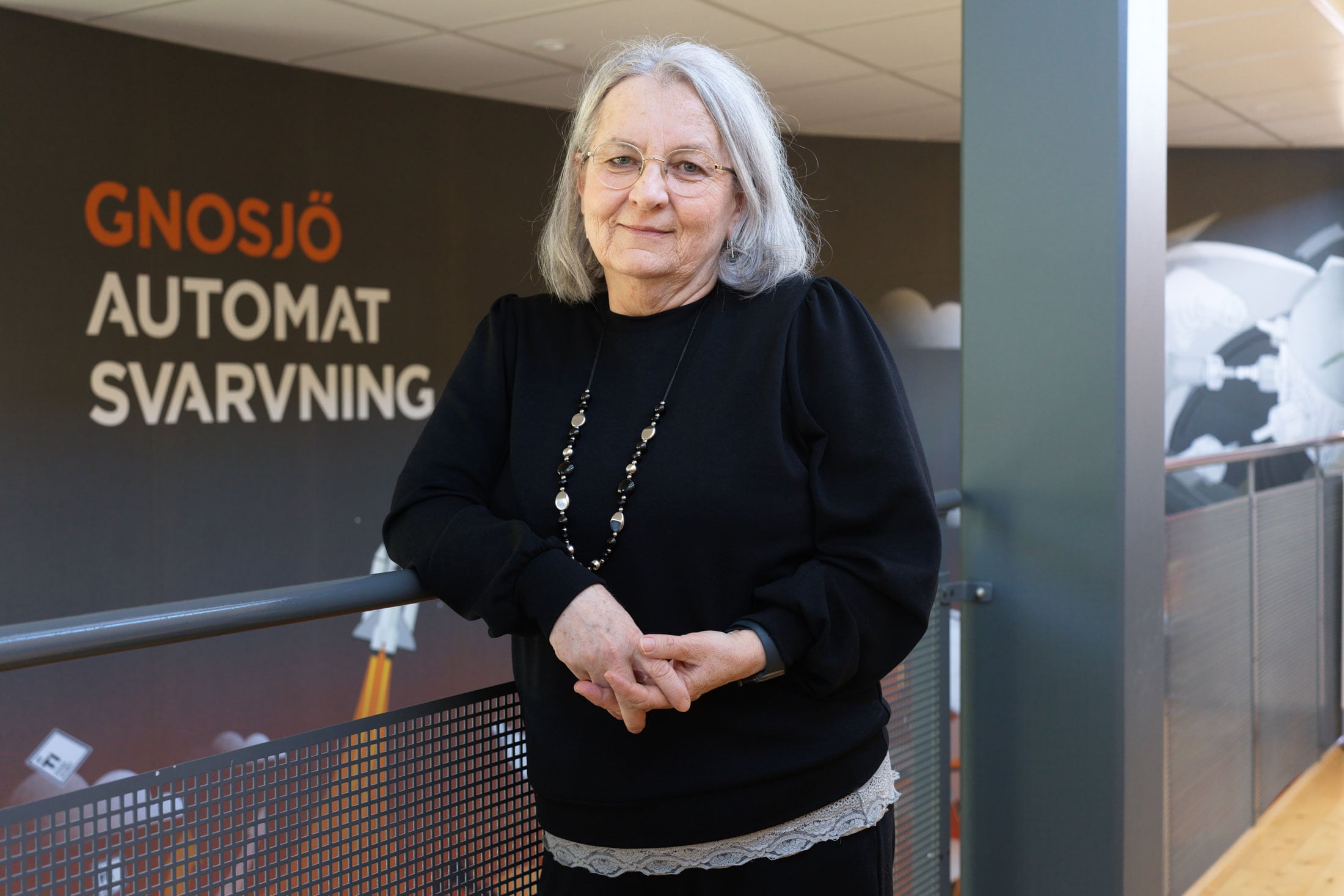
Elvira Zahirovic is the Competence Strategist at Gnosjö Automatsvarvning. She was recruited five years ago after many years of experience as a vocational teacher and school principal. Today, she plays a key role in future-proofing the company — making sure the organisation has the right skills in place to meet its goals and realise its vision.
What is your role?
– In short, my job is to ensure we have a long-term plan in place so that we have the right skills to meet changing needs and requirements. Our competence supply must align with our business strategies.
What’s the most challenging part?
– Predicting which roles we’ll need in five years, which ones will change significantly, and which may no longer be relevant. We depend heavily on what happens in the world around us — for example, technological developments, political decisions, and other external events. This affects not only our own production and development but also how our customers’ markets might evolve. We must constantly strive to become more flexible and adaptable.
What has the focus been in 2024?
– We’ve followed our annual plan for skills development, including initiatives around leadership development, conflict management, advanced technical drawing, and IT and data security. Since we have employees with many different native languages, we’ve also invested in workplace Swedish language training.
One ongoing project that has made significant progress is our work with general competences (see fact box). These are essential abilities that need to be identified and developed as systematically as job-specific skills. In this project, we’ve based our work on a model developed by the Swedish Public Employment Service. We’ve also drawn inspiration from how the Swedish Armed Forces have used the model to highlight general competences developed during basic military training. At our company, all employees have participated in shaping the model, and we’ve tested its functionality in real work settings. We now understand how general competences contribute to our results at Gnosjö Automatsvarvning and how to effectively develop them when needed.
What Are General Competencies?
General competencies describe a person’s potential to act in ways that contribute to achieving expected results. These are not tied to a specific profession but are essential for creating value in any role. The model developed by the Swedish Public Employment Service defines five main categories of general competencies, each with subcategories. It also outlines how to make general competencies visible, how they influence work performance, and how to describe different levels of proficiency.
Relational Competence:
The ability to collaborate, communicate, and build trust.
Organisational Competence:
Förmågan att planera, strukturera och prioritera.
Adaptability Competence:
The ability to plan, organize, and prioritize.
Prioritisation Competence:
The ability to manage change and remain flexible.
Development Competence:
The ability to make decisions and focus on what matters most.
 en
en  sv
sv